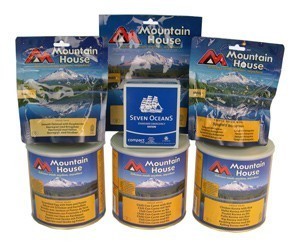 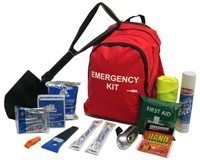 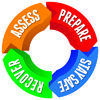 In the UK records are kept of the depth of snow each day, but not of the aggregate snowfall for a season. Blizzards are distinguished from ‘just’ snow storms by their severity. The US National Weather Service defines a blizzard as winds of more than 35mph for minimum three hours with snow to limit visibility to 0.25 miles or less. A severe blizzard has winds of over 45mph, zero visibility and temperatures of -12°C or lower. A ground blizzard happens when no snow is falling but snow is drifting and blowing near the ground. More on UNISDR ColdWave Hazard. How much snow? The deepest level snow in a populated area was 165cm near Ruthin (Wales) in March 1947, and at Tredegar (Wales) in February 1963; the deepest level of snow on record overall stands at 211cm in the Forest-in-Teesdale (County Durham) on 14 March 1947. How cold? The coldest temperature recorded: −27.2°C Braemar, Aberdeenshire 10 January 1982 and Altnaharra, Sutherland on 30 December 1995, closely followed by −26.1°C in Edgmond, near Newport, Shropshire on 10 January 1982. (of interest - see BBC coldest spot on Earth identified -93.2°C) | 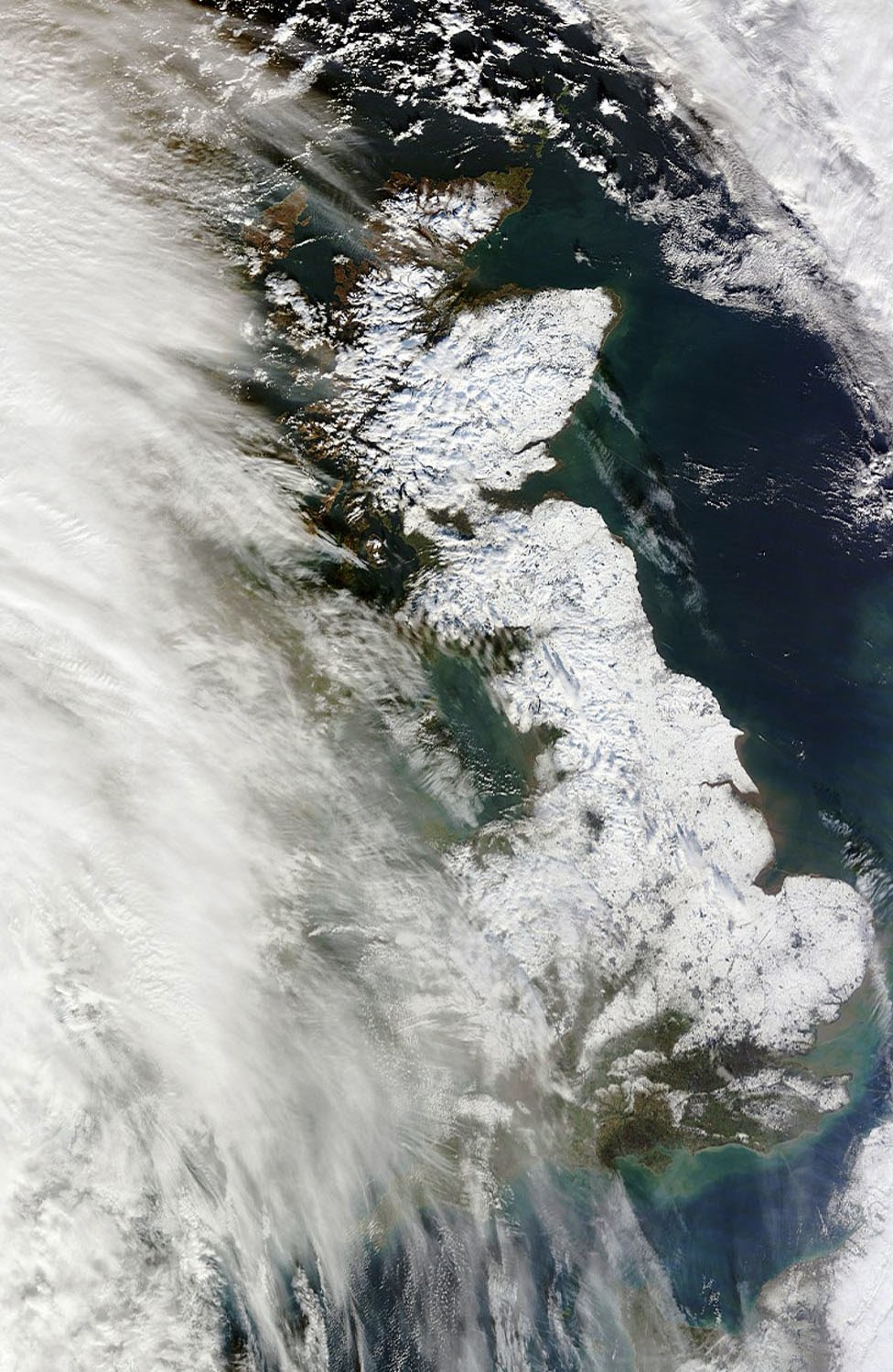 | |
1. ASSESS your situation before Severe Winter strikes
- danger from winter weather varies according to where you are in the UK
- winter storms range from light to moderate snow over just a short period of time to blizzards that last for several hours or longer
- many winter storms bring dangerously low temperatures with freezing rain, sleet and ice
Severe winter weather may knock out power, public transport and communication services, sometimes for many days. Heavy snowfall and extreme cold can bring entire regions to a standstill. Thankfully the MetOffice usually gives ample warning and so you can prepare for severe winter weather and stock up your emergency supplies in time. However, there is another side to this. Winter storms have been labelled as ‘Deceptive Killers’ because most deaths are indirectly related to the winter storm. People die in traffic accidents on icy roads (BBC) and of hypothermia from prolonged exposure to cold. Less well known is the fact that extreme cold weather can affect the heart by increasing heart rate and blood pressure (BHF) – something early morning commuters waiting on freezing platforms need to consider or those that do clearing an repairing work. 2. PREPARE for Severe Winter - make an Emergency Plan - your first priority is to shelter and stay warm
- stock emergency supplies
PREPARE yourself for Severe Winter - be informed ( weather warnings MetOffice and apps)
- use gloves, scarves and hats.
- dress in layers that you can adjust depending on your activity and situation. In cold weather, it’s the total quality and thickness of the layers and the warm air in between them generated from your body heat that provide insulation. Some of the best choices for your innermost layer are polypropylene, silk, or thin, fine wool, because these materials "wick" the perspiration away from your skin. The middle layers should be made of knitted wool or synthetic pile. For the outermost layer or shell, use a windbreaker made of water-repellent, tightly woven material that "breathes", allowing water vapour from your perspiration to escape. With a little practise you will quickly learn what works best for you.
- when walking in freezing weather it is better to wear too many layers that you can strip off and tie around your waste or stash in a backpack rather than too few
- don’t leave your home without a compact foil blanket for emergencies and hand warmers. Read about cold stress (i.e. HSE, CDC;)
Of interest: URMC's Myths about dressing for Winter; Guardian practical fashion winter dressing tips; Discovery Health: cold weather excercise; Blogs i.e. How to Dress for the Far North on a Budget; Arctic Clothing Guide;
MINIMIZE TRAVEL
Keep in mind that public transport is often severely delayed or cancelled during winter weather which affects overall traffic volume. If you need to drive do so with a winter car kit for your vehicle and keep the gas tank full. A full tank will keep the fuel line from freezing. Sign up for a winter driving course through a reputable driving school. See more information on safe winter driving; i.e. video on BBC; Which? The AA Car Problems caused by extreme cold and Coping with cold and ice . Also of interest are Winter Biking (YouTube); cold weather biking (Wiki)
PREPARE your home for Severe Winter - winterproof your home (jpg) - Stock Supplies. You might be caught out for several days with no power and no heat. You must stock enough Food for Survival and have your Emergency Plan and Emergency Kits in place.
- Insulate your home i.e. by installing storm windows or covering windows from the inside to keep cold air out. Research before you invest – not all plastic films and insulation kits do a good job – Which?)
- Heat your home day and night. Your heating bill may be higher, but you could avoid a more costly repair job if your pipes freeze and burst. If you go away during cold weather, leave the heat on no lower than 12°C.
- Protect your Pipes (i.e. video HomeShow) Run water, even at a trickle, to help prevent your pipes from freezing. Open the kitchen and bathroom cabinet doors to allow warmer air to circulate around the plumbing. Remove any harmful cleaners and household chemicals out of the reach of children. Keep the garage doors closed if there are water lines in the garage.
- Maintain Heating equipment and chimneys by having them cleaned and inspected every year. If you are using a space heater, place it on a level, hard surface and keep anything flammable at least three feet away (paper, clothing, bedding, curtains, rugs etc.) and remember to turn it off before going to sleep. Fireplaces: use a glass or metal fire screen large enough to catch sparks and rolling logs; extinguish all embers before retiring. Keep a fire extinguisher at hand and know how to use it.
Never use a stove or oven to heat your home! The NHS advices to be aware of Carbon Monoxide hazards. Never use a generator, grill, camp stove or other gasoline, propane, natural gas or charcoal burning devices inside a home, garage, basement, crawlspace or any partially enclosed area. Locate unit away from doors, windows and vents that could allow carbon monoxide to come indoors. - Outdoors: buy rock salt or more environmentally safe products to melt ice on walkways, sand helps to improve traction. You will also need snow shovels and other snow removal equipment. See MetOffice snow code – tips on clearing snow and ice.
3. STAY SAFE during Severe Winter Cold - move your car off the roadway as far as you safely can; turn on warning flashers, call for help, put on a high visibility vest, use an emergency beacon and other essentials from your winter car kit to secure your vehicle and location. - make a reasoned judgement about wheter to stay or abandon your vehicle. Consider factors like your health, clothing and supplies, distance to nearest help, likelihood of your vehicle being hit while you shelter inside etc. It is generally recommended to stay with your car if you think help will come within a reasonable timeframe. - if you decide to abandon your car, leave a note in the window with your contact information. Take your most valuable items with you including all personal information. Set the emergency brake and lock the doors. 4. RECOVER - replenish your supplies
- take pictures of any damage when it's safe to do so and get in touch with your insurer if needed
thank you for sharing! | 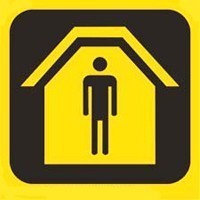
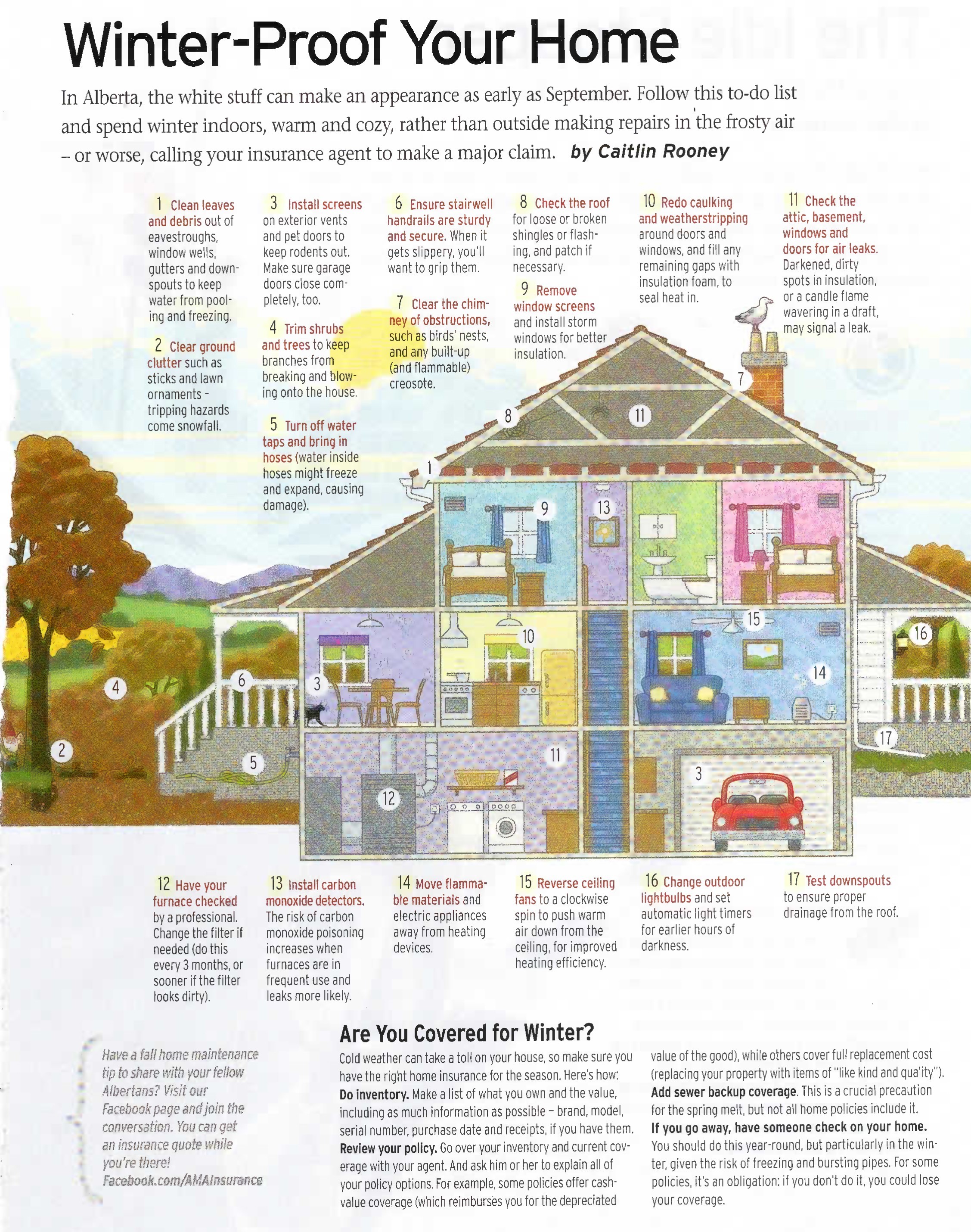
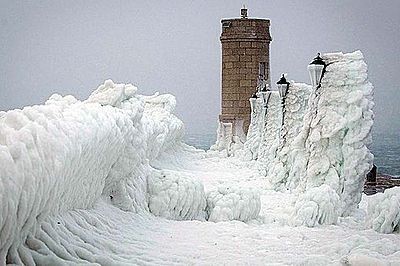

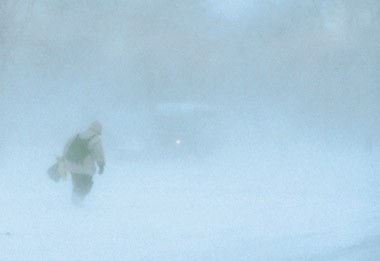
| |


















